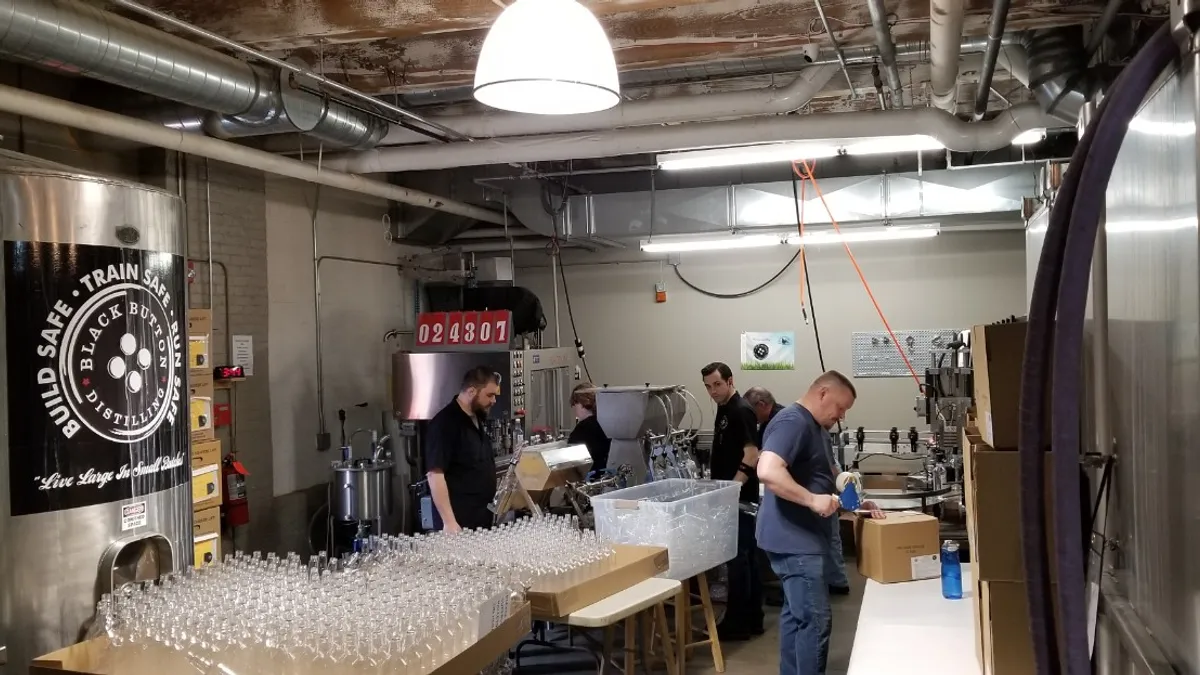This is a contributed op-ed written by Carl Schweihs, president of PeopleManagement. Opinions are the author's own.
Every February, companies across the supply chain take a quick pause to look back on peak season and review what went right and what could improve. This year was no exception.
Except, this year was the exception.
With a peak season like no other, many companies found that their preparation left them unprepared for the frequent pivots needed to meet high demands while keeping workers safe.
An e-commerce influx fueled an extended returns season. And even before this extended and challenging peak season, many employers were having a hard time finding the workers to meet peak demand.
To ensure productivity and to meet the demands of an ever-changing consumer base and workforce, companies should head into spring doing more than reviewing peak season staffing practices. They need to review and adjust their planning and timeframes, because peak season doesn’t operate on a set schedule anymore.
Companies need to rethink how they staff for any type of fluctuation. And because workers want to be engaged in their work, they need to also focus on retaining workers.
The workers are out there
It's no longer enough to say that it's never too early to prepare. Being prepared now means being able to ramp up or scale down at any moment, not just at key dates on the calendar.
Planning is key. Knowing your goals and planning for enough workers to support them is vital. That means involving more departments in the planning process and creating robust contingency plans for any challenge you may face.
This past peak, many companies reported decreased productivity, missed deadlines and lost revenue because they couldn't find the right talent for the roles.
With constant flux across the supply chain, companies need to rethink how they staff for any type of fluctuation.

But the workers are out there. And while COVID-19 vaccine-related distribution and logistics may be the top attention-getter in supply chain jobs right now, workers are still looking for jobs in manufacturing, transportation and logistics.
So how can companies find the workers they need? The first step is planning for increases and decreases. Companies need to reassess staffing needs, whether that's with a staffing partner who can use data to show where peaks and valleys are, or through institutional knowledge of past peak and non-peak seasons. Then, companies need to apply those findings to staffing plans and recruit and hire accordingly.
Many people use contingent work as a foot in the door at a company for a long-term opportunity. And because you never know where your next leader may come from, opening up opportunities is beneficial to everyone.
Retention and recognition
Regardless of how you get the workers in the door, the next challenge is keeping them. Staff retention improves engagement and productivity, and it can ease the fluctuations of your peak seasons, too.
A 2019 American Staffing Association study showed that the average tenure of temporary employees was 10 weeks. COVID-19 caused a new set of problems with attendance and safety issues cropping up across the supply chain.
Keeping workers happy is as important to maintaining staffing levels as it is to maintaining company reputation. One way to improve retention, workers said, was to offer more recognition and opportunity.
Regardless of how you get the workers in the door, the next challenge is keeping them.

Recognition of essential workers was top of mind across the U.S. last year as the country realized their importance in keeping products on shelves and medical supplies in the hands of people who needed them. Recognition programs like #ThankATrucker and community events to celebrate the hard work essential workers do every day flourished.
Something as simple as saying "good work" or praising top performers on a website can improve employee engagement. Supply chain companies can invest more in their employees to combat employee retention challenges by offering learning and development opportunities, or by increasing pay.
This story was first published in our weekly newsletter, Supply Chain Dive: Operations. Sign up here.













